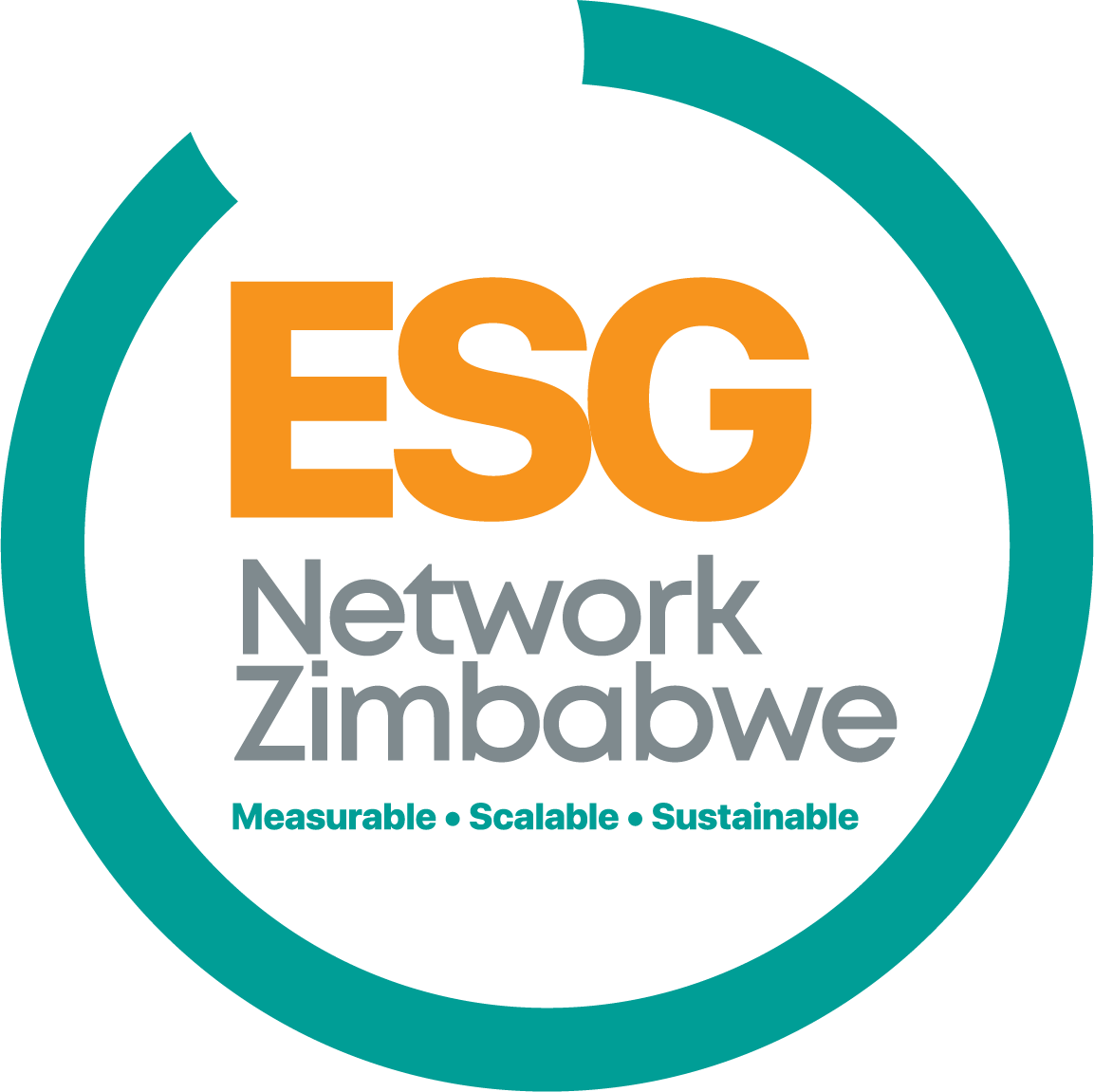Data Collection and Management
One of the primary challenges for listed entities is the collection and management of relevant ESG data. This involves tracking and measuring various ESG metrics across different business units, subsidiaries, and supply chains. Gathering accurate and reliable data can be time-consuming and resource-intensive, particularly for companies with complex operations or global footprints.
Standardisation and Metrics
Another challenge lies in the lack of standardized ESG reporting frameworks and metrics. There are various reporting frameworks available, such as the Global Reporting Initiative (GRI), Sustainability Accounting Standards Board (SASB), and Task Force on Climate-related Financial Disclosures (TCFD). However, the absence of a universally accepted standard makes it difficult for companies to compare their performance with peers and meet the expectations of investors and stakeholders.
Intergration of ESG
Integrating ESG reporting with traditional financial reporting poses a challenge for listed entities. Many companies struggle to effectively link ESG data with financial metrics and disclosures. Integrating these two aspects requires appropriate systems, processes, and internal controls to ensure the accuracy and reliability of data, as well as consistency in reporting.
Stakeholder Engagement
Engaging with stakeholders, including investors, customers, employees, and communities, is crucial for effective ESG reporting. However, identifying relevant stakeholders, understanding their expectations, and establishing meaningful dialogue can be challenging. Companies need to communicate their ESG initiatives, goals, and progress transparently to build trust and credibility among stakeholders.
Materiality Assessment
Determining material ESG issues that are most relevant to a company’s business and stakeholders is a critical step. Conducting a comprehensive materiality assessment requires a deep understanding of the company’s operations, risks, and opportunities, as well as engagement with internal and external stakeholders. This process can be complex, and companies may struggle to prioritize and focus on the most material ESG factors
Regulatory Compliance
Listed entities operate within a regulatory framework that governs ESG reporting and disclosures. Keeping up with evolving regulations and ensuring compliance can be challenging, especially when regulations vary across jurisdictions. Companies need to stay updated on regulatory changes and ensure their reporting practices align with legal requirements. Is enforcement effective?
Resource Constraints
ESG reporting and disclosure processes require dedicated resources, including personnel, technologies, and financial investments. Smaller listed entities with limited resources may find it more challenging to allocate sufficient time and budget to ESG reporting initiatives. Lack of resources can hinder data collection, reporting system implementation, and the ability to conduct thorough ESG analysis.
Conclusion
Addressing these challenges requires a strategic approach which includes the allocation of resources, implementation of robust data management systems, engagement with stakeholders, and staying updated on evolving reporting frameworks and regulations. Collaboration among industry peers and engagement with ESG experts can also help listed entities overcome these challenges and enhance their ESG reporting and disclosures.





